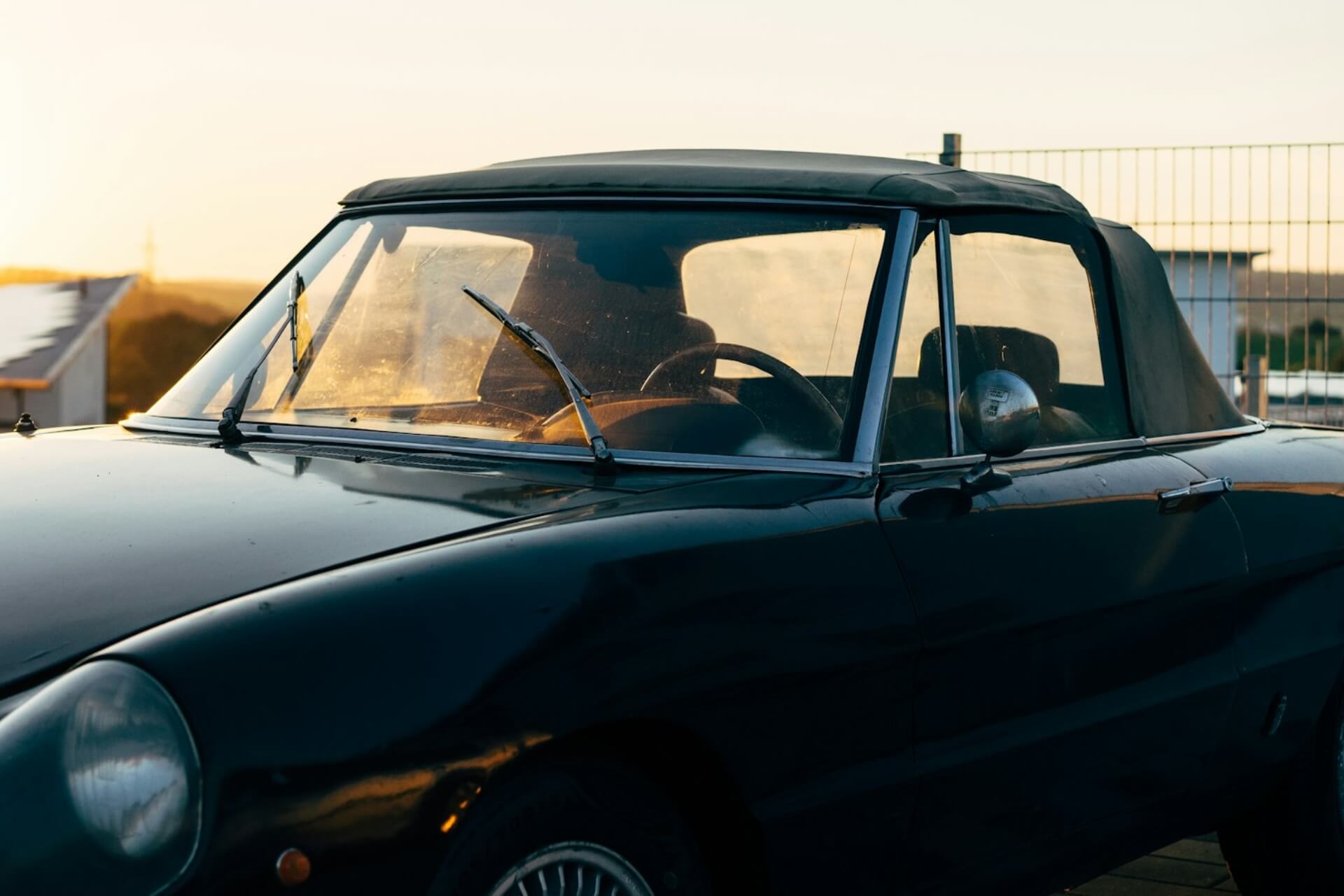How to Ship Car Parts
Apr 10, 2019

As an Amazon Associate, Modded gets commissions for purchases made through links in this post.
The advent of the internet has made restoring and working on cars infinitely easier. Instead of hunting down parts for your project vehicle at the local junkyard, you can search the web and order new components you can have delivered to your front door. If you’ve got extra parts lying around, you can experience the other side of the coin, shipping them out to car enthusiasts around the world. What do you need to know about how to ship car parts?
Clean Them Well
If you’re reselling new parts, you can probably skip this step, since the components won’t have had time to accumulate grease and grime, but if you’re selling junkyard parts, or breaking your old project car down and selling it piece by piece, you’ll need to clean these components before you can box them up for shipment.
Invest in some large containers of degreaser — soak non-electrical parts to remove grease and oil. For electrical parts, rubbing alcohol and microfiber cloths will do the trick. You can also use the degreaser to clean the surfaces of electrical components like your alternator without damaging the interior parts.
Choose the Right Packaging
Packing car parts can be tricky, due to strange sizes or shapes. Large pieces might not fit in standard parcels, and many items — like windshields, window glass and electronics — might need additional padding and support to keep them from breaking in transit.
Consider investing in automotive parts packaging. It can make choosing the right size container easier, and ensure your parts remain protected, no matter how big or oddly shaped they are.
Freight vs. Parcel Shipping
Once you’ve chosen the right packaging, it’s time to break out the scale. Trying to ship a large or heavy part via UPS, FexEx or other standard parcel services could cost you a lot of money.
Parcel shipments generally weigh less than 70 pounds, and most carriers will charge extra for oversized packages. Use freight shipping to send large packages or ones that are over 150 pounds. Freight shipping might take longer, but it can save you money in the long run.
Sending an oversized package via a traditional parcel service can cost you upwards of $250. Posting the same box via freight shipment could cost you as little as $130.
Spring for Insurance
While it will tack an extra fee onto your shipping charges, spring for insurance on your packages while in transit. While most parcel services strive to get their boxes from Point A to Point B in one piece, it doesn’t always work out that way. If you’re shipping a rare or expensive part, if the worst happens, you could be out a lot of money and end up with an angry customer.
If your shipping company doesn’t offer insurance, you can still protect your investments with a private parcel insurance policy. That works much like homeowner’s or car insurance — you pay a monthly premium, and in return, your shipments remain protected. If a delivery gets lost, the insurance will reimburse you for the value of the item.
How to Ship Car Parts
Shipping car parts is a great way to make some extra money if you’ve got additional components lying around, but only if you can ship them to your buyer. Take time to prepare before you list any of your parts for sale — have plenty of packaging options, a scale that can help you decide whether you need freight or parcel shipping and enough degreaser to clean your components before you send them out. Keep these things in mind, and you’ll become a successful parts salesperson in no time.





